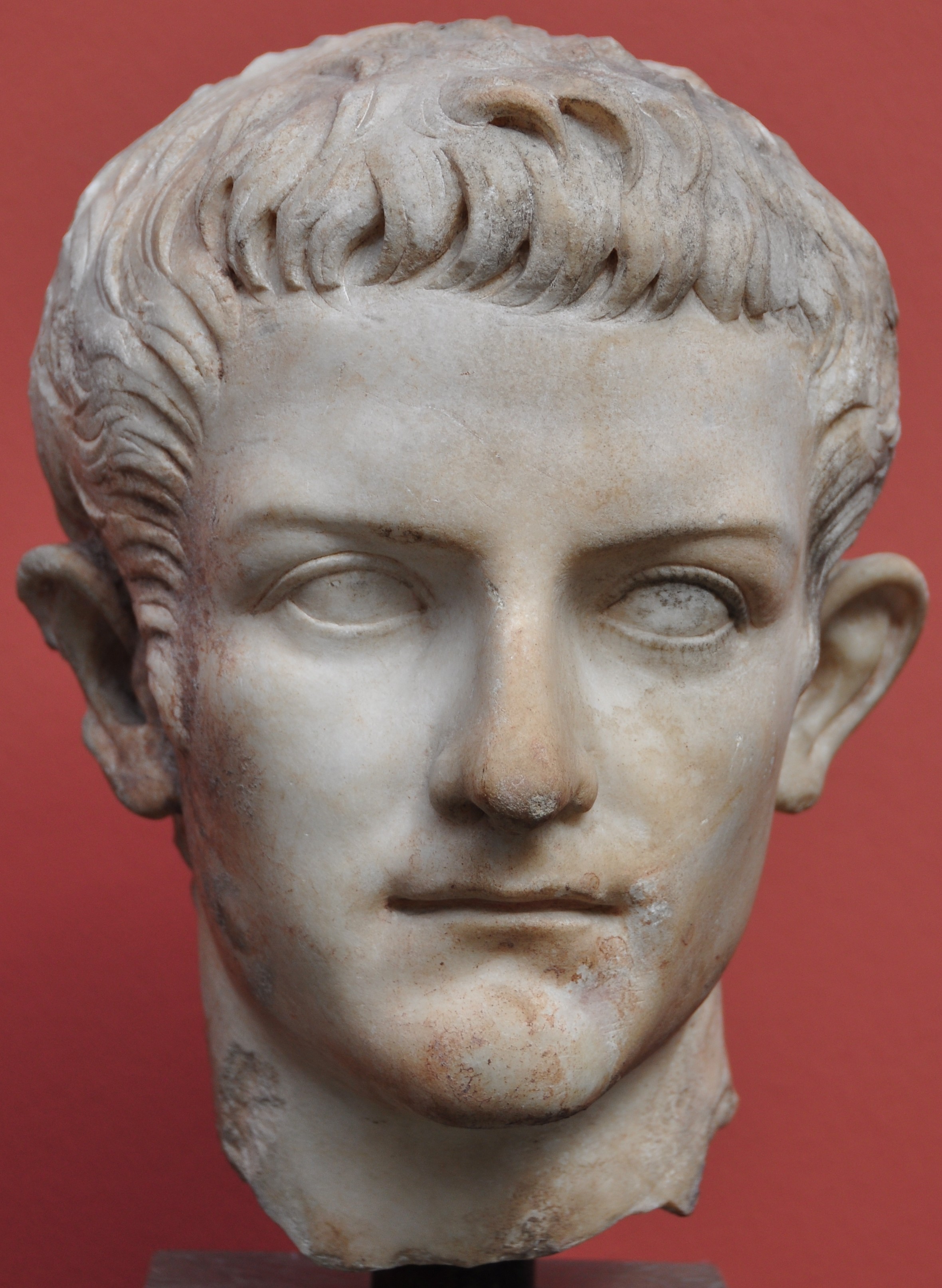As I put the finishing touches on my presentation I've realized that I must drop a section on physiognomy from my paper. It is a shame because this section included a wonderful description of everyone's favorite tyrant, Caligula. Here is part of the section I dropped:
_____________
 Physiognomonic ideology supposed that it was possible
to recognize personality traits by observing a person’s physical features.
Analogs to “known” animal characteristics were often employed or presupposed.
Physiognomonic ideology supposed that it was possible
to recognize personality traits by observing a person’s physical features.
Analogs to “known” animal characteristics were often employed or presupposed.
Ps-Aristotle explains that “soul and body react on each
other; when the character of the soul changes, it changes also the form of the
body, and conversely, when the form of the body changes, it changes the
character of the soul” (808b). In this view, one’s external characteristics
reflected something of one’s personality and vice versa. Consider then this
description of Caligula by Suetonius:
He was very tall, and extremely pale, with a huge body, but very thick neck and legs. His eyes and temples were hollow, his forehead broad and grim, his hair thin and entirely gone on the top of his head, though his body was hairy. While his face was naturally forbidding and ugly, he purposely made it even more savage, practicing all kinds of terrible and fearsome expressions before a mirror. (Cal. 50)Caligula is a helpful example because he represents a figure who was almost universally despised in retrospect and who departs in so many ways from Suetonius’ physiognomic ideal. Suetonius emphasizes Caligula’s goat-like appearance and disposition: “The goat was of this appearance. Creatures with hairy legs are sensual . . . . He has a pale skin and is covered with black, straight hair, which is a sign of cowardice, which indicates stupidity and foolishness.”
_____________
So there you have it. Caligula's appearance mirrored the fugliness of his soul.
-anthony


But he's the spitting image of Joffrey Baratheon. Surely there must be something in this physiognomy thing, after all.
ReplyDeleteI hope this section might make it into the published version of the paper, Anthony—this is fun!
ReplyDeleteStill a popular theory no long ago .. http://en.m.wikipedia.org/wiki/Cesare_Lombroso
ReplyDeleteIn some ways, the discovery of our humanity is not pretty. But it is at least humbling comedy, too.
ReplyDeleteOf course the work of literature that takes physiognomy to its extreme is Wilde's Picture of Dorian Gray. As a great classicist, Wilde probably knew all these references. As for me and my good looks, let's just say that there's a JPEG of me that's getting progressively corrupt on my hard drive.
ReplyDeleteI think he looks OK in his PR shot. Albeit a bit petulant or lip biting.
ReplyDeleteFrom the lit though, it is clear that the Romans are beginning to see the human foibles of even our emperor gods.